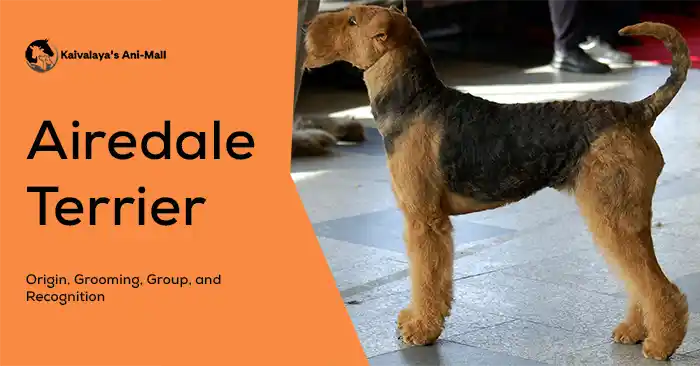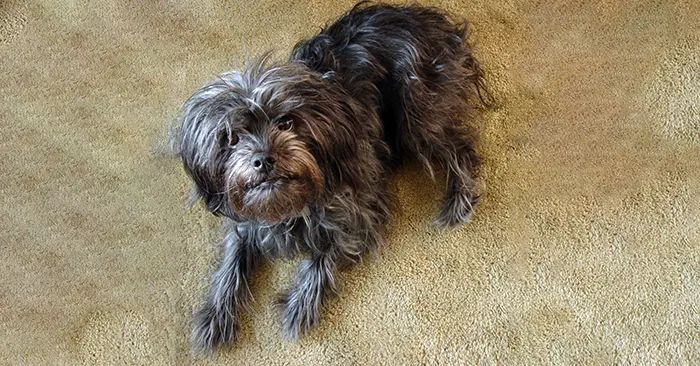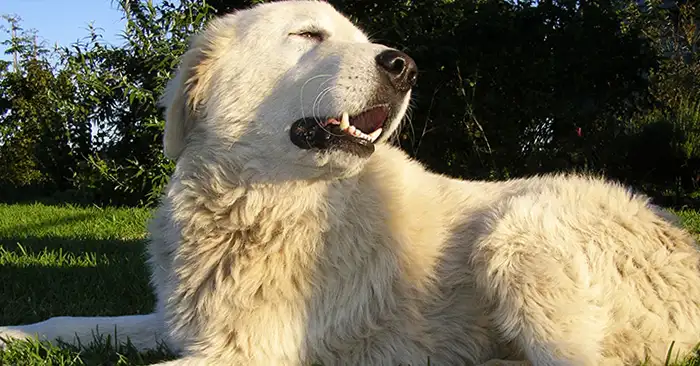As we are progressing in our work we are drawing an idea of how the early wolf-like canid and early human settlers began their partnership. How the wolf moved into the caves with human and formed an everlasting bond of friendship. Under our work to understand different dog breeds we have also highlighted the origin of this human-dog partnership and have drawn an idea of how the early dog subspecies appeared and split into east and west European lines. Later we have examined the origin of the Asiatic lines of dogs that appeared around 14,000 years ago and finally led to the development of early big and heavy dog breeds. This is an altogether different topic and I will take it up when we will present our work on the modern and classical mastiff dog breeds. For now, we will continue on our series of hound dog breeds.
Different types of hound dog breeds
As I have stated in the first post of this series that there are 700+ different types of dog breeds that are recognized and documented by different dog breeds registries. These dog breeds are then classified into several different groups namely,
- Hound dog breeds;
- Working dog breeds;
- Gundog breeds;
- Toy dog breeds;
Many other classifications exist. We will discuss each group and every dog breed in our series and the divisions and bifurcations within different lines of different dog breeds.
Even each group have subdivisions based on different factors like size of the dog, working condition of the dog, the objective of particular dog breeds, the region of origin and numerous other grounds of classification.
- Amongst the group of hound dog breeds they are divided into two major subsections namely;
- The sighthound dog breeds; and
- The scent hound dog breeds.
Apart from above-mentioned classifications, there are many other hunting dog breeds that do not exactly comply with the broad definition of the two above mentioned hound dog breeds groups but are still classified as a hound dog breed. I will clarify the differences when we will take up individual breeds.
Let us now examine these groups in detail.
Hound dog breeds classified as the sighthound
The sighthound; as the name suggests the dog breeds that use their vision, speed and the strength to outrun their prey is known as the sighthounds. Sighthounds are renowned for their speed and wide field of vision range. They keep their keen sight on their kill and run it down with their speed. As we have talked about the evolution of hounds in our previous work we have drawn an idea of the development of various hunting breeds and groups on a broad spectrum we have indicated a few special traits of sighthounds there also. The dog breeds listed or viewed as sighthounds were developed specifically to pursue prey at high speeds.
Most of the dogs have a much wider field of vision compared to humans. The range of the field of vision of different dog breeds is between 250 to 280 degrees but out of all dogs, the sighthounds have the greatest field of vision.
Some of the dog breeds that have evolved specifically for pursuing prey have some enhanced and special characteristics. Let us now study these features in detail that define a sighthound.
The vision of the dog breeds classified as the sighthound
To develop a proper inference of the complete vision of a sighthound we have to understand the positioning of the eyes and the anatomy of the skull of a sighthound.
As we can see in the following sketch comparison of the study of the skull of different dog breeds we can properly understand the extent of vision sighthounds has evolved.
In the diagram below we have stated the study of different skull profiles of different types of dogs.
As you can clearly see there are three types of documented skull profiles.
- Brachycephalic.
- Mesocephalic.
- Dolichocephalic.
Of all the above skull studies you can very clearly see the difference between different types of dog breeds classified under different groups. When we will discuss working breeds especially shepherd dog breeds and the mastiff dog breeds then I will explain Brachycephalic and Mesocephalic skull types. For now, let us concentrate on the third type the Dolicocephalic skull type dog breeds. Dolichocephalic skull profile is evolved to accommodate adaptations that are best suited for hunting games at high speed.
Examining the sketch illustrated above we can clearly draw some inferences.
The placement of eye socket is far back with long and narrow nasal cavity. These characteristics have evolved in centuries of living with humans and assisting in hunting. This head profile had resulted in a wide field of vision almost as wide as a horse which helps in detecting quick motion even in the blind spot of a normal human or other dog breeds belonging to other groups.
Additional to this enhanced vision the long and elongated skull assists in aerodynamics while running to reduce air drag considerably.
Apart from the enhanced vision the sighthound dog breeds also have a very agile body. Looking at the skeleton profile of a sight hound we can easily imagine the source of extreme speed and agility. Along with the narrow skull and highly developed mechanism of vision, sight hound has a deep chest, a large rib cage, long and slender but very strong limbs, flexible backbone with a long and thin tail. The large rib cage houses a set of lungs that have evolved to sustain extreme strain of supplying oxygen during long and fast runs. This set of large and very efficient lungs support different type of sprints, the anaerobic and the aerobic sprints. The set of highly efficient lungs are supported by a large heart which is essential to pump a large amount of blood through the body at a very fast pace. This is the reason of the evolution of deep chest in sighthound dog breeds, the deep chest is needed to hold and support a comparatively large heart.
Source: Pintrest|ArtandDogblog
onclusion of introduction to the sighthounds.
Here I would like to conclude this post but the work has not been completed yet. There are several topics remaining like the scent hounds, crossbreds hound dog breeds, controversies regarding hound dog breeds before we start breed introduction.
So, it’s a goodbye for now.If you like our work at; Kaivalaya’s Ani-Mall please like and subscribe our blog.We are also open to any suggestion from our readers to improve our works.Thank you so much for visiting Kaivalaya’s Ani-Mall.






